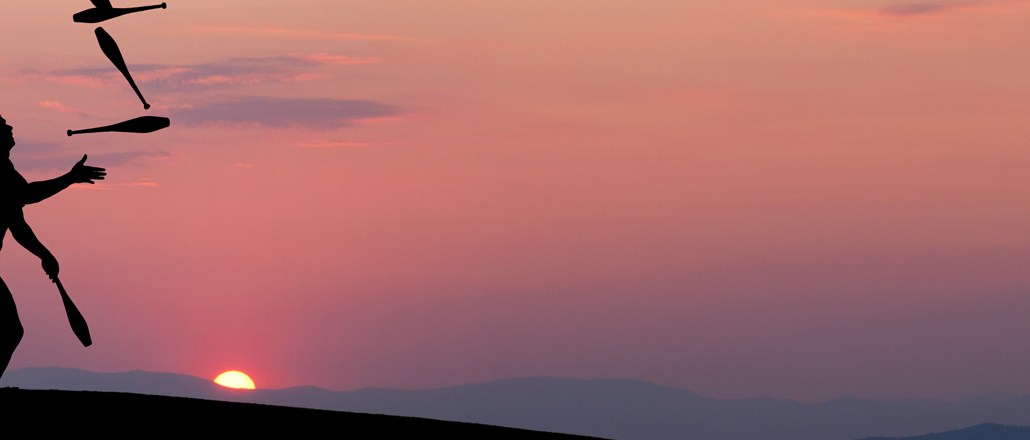
Running a publishing business today is a lot less straightforward than it used to be. Publishers have to do more than ever to make ends meet in the digital era: events, merchandise, consulting, e-commerce, and so on.
With that in mind, we asked three European publishers at the Digital Media Strategies summit in London the same question: What is the most challenging part of diversifying your revenue streams?
Each of these publishers have a background in print and are transitioning their businesses over to digital. Here’s what they had to say.
David Prasher, managing director, Haymarket Consumer Media, U.K.
I think the most challenging part is identifying, say, the five most scalable new revenue-generating projects out of the possible fifty. There are lots of affiliate products or a data-led products out there that promise to generate incremental revenue for publishers that, in theory, you can plug-in immediately. The danger is that you underestimate the implementation cost. These new potential revenue streams can often take up valuable time that you could use to strengthen your core revenue streams. That’s why it’s important you assess the potential returns and the total cost to the best of your ability.
But there’s always risk and uncertainty involved with new projects. As part of the process of identifying the right things to pursue, you have to kiss a lot of frogs to find your perfect prince. That’s an inevitable part of it which you have to get used to.
Siri Skaalmo, editorial business development director, Dagens Næringsliv, Norway
One of the most challenging parts of revenue diversification in my opinion is developing a culture of experimentation and risk taking within your organization. There’s often a perception that you risk devaluing your brand with new, experimental projects that are imperfect when they launch. That desire to protect the brand can mean you only ever launched products to the public that are very polished: meaning they take longer to approve and build, and cost more.
We recently launched a site called BisBuzz which delivers business news in a BuzzFeed style. We were able to roll that out quickly and see positive results. This proved to us that new projects don’t have to have a negative impact on our main brand. That’s given us confidence to be a little bit more experimental.
Chris Russell, product director, Trinity Mirror Group, U.K.
Finding great people is hard and getting management to encourage new ideas and trial things is hard. We’re lucky at Trinity Mirror to have both of those ingredients: Look no further than new editorial products like UsVsTh3m and Amp33d as evidence. It’s also hard to accurately forecast risk and opportunity cost. There’s a risk you’ll bet the farm on a brand new project — one that takes up everyone’s time an results in you neglecting your core revenue driver.
Something my team is focused on is listening to our users for the purpose of product development. If you’re really tuned in to your users’ browsing behavior on your site, you can identify a user’s needs and you can trial new things that better serve their needs. We do a lot more A/B testing on new features and new ad formats now. Lots of those small, incremental improvements can very often add up to something greater than a the gains made from a brand new project.
Image courtesy of Alex Emanuel Koch/Shutterstock.
More in Media

Why some publishers aren’t ready to monetize generative AI chatbots with ads yet
Monetization of generative AI chatbot experiences is slow going. Some publishing execs said they’re not ready to add advertising to these products until they scale or can build a subscription model first.

Media Briefing: Publishers who bet on events and franchises this year are reaping the rewards
Tentpole events and franchises are helping publishers lock in advertising revenue.

With Firefly Image 3, Adobe aims to integrate more AI tools for various apps
New tools let people make images in seconds, create image backgrounds, replacing parts of an image and use reference images to create with AI.





